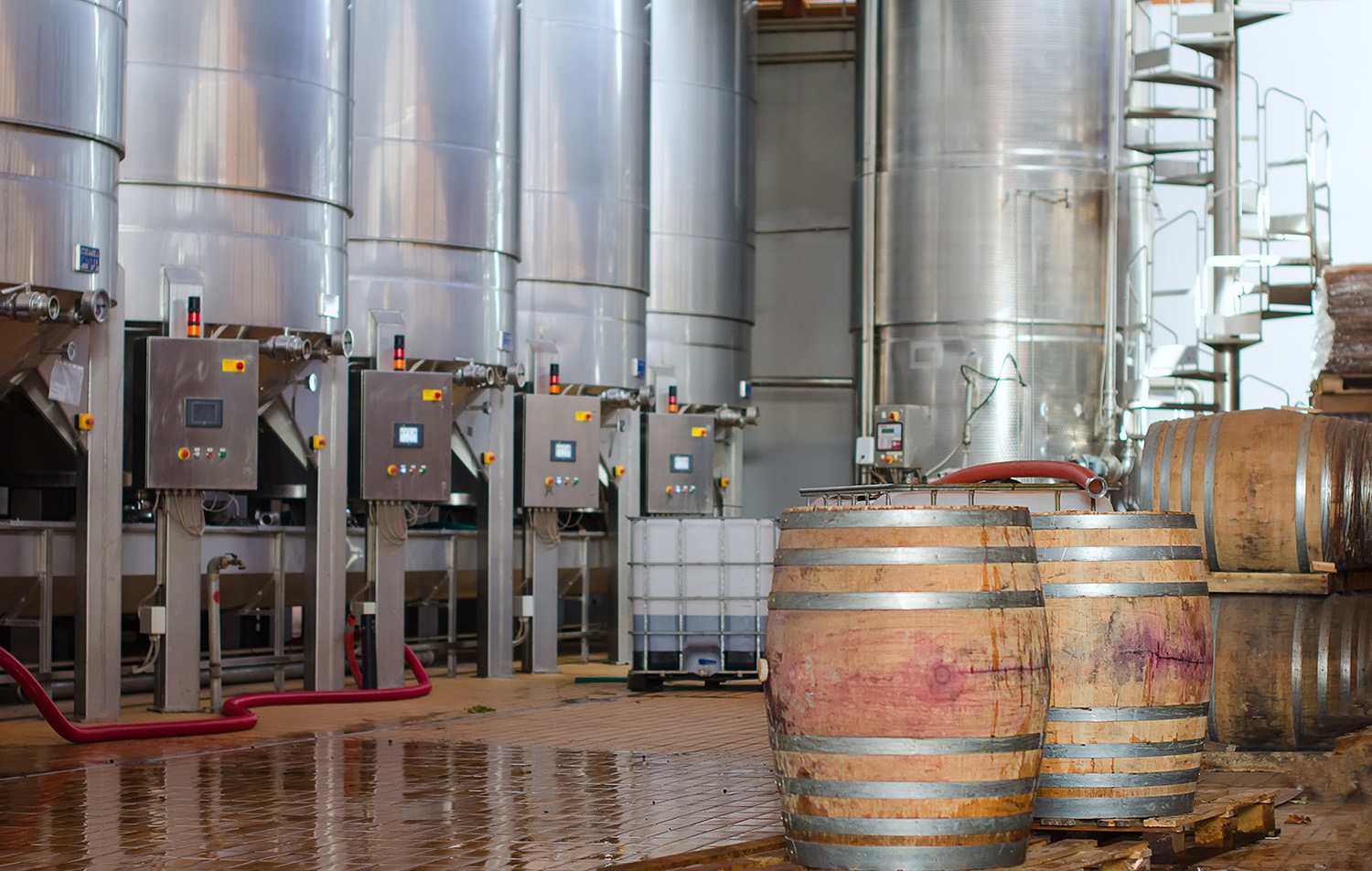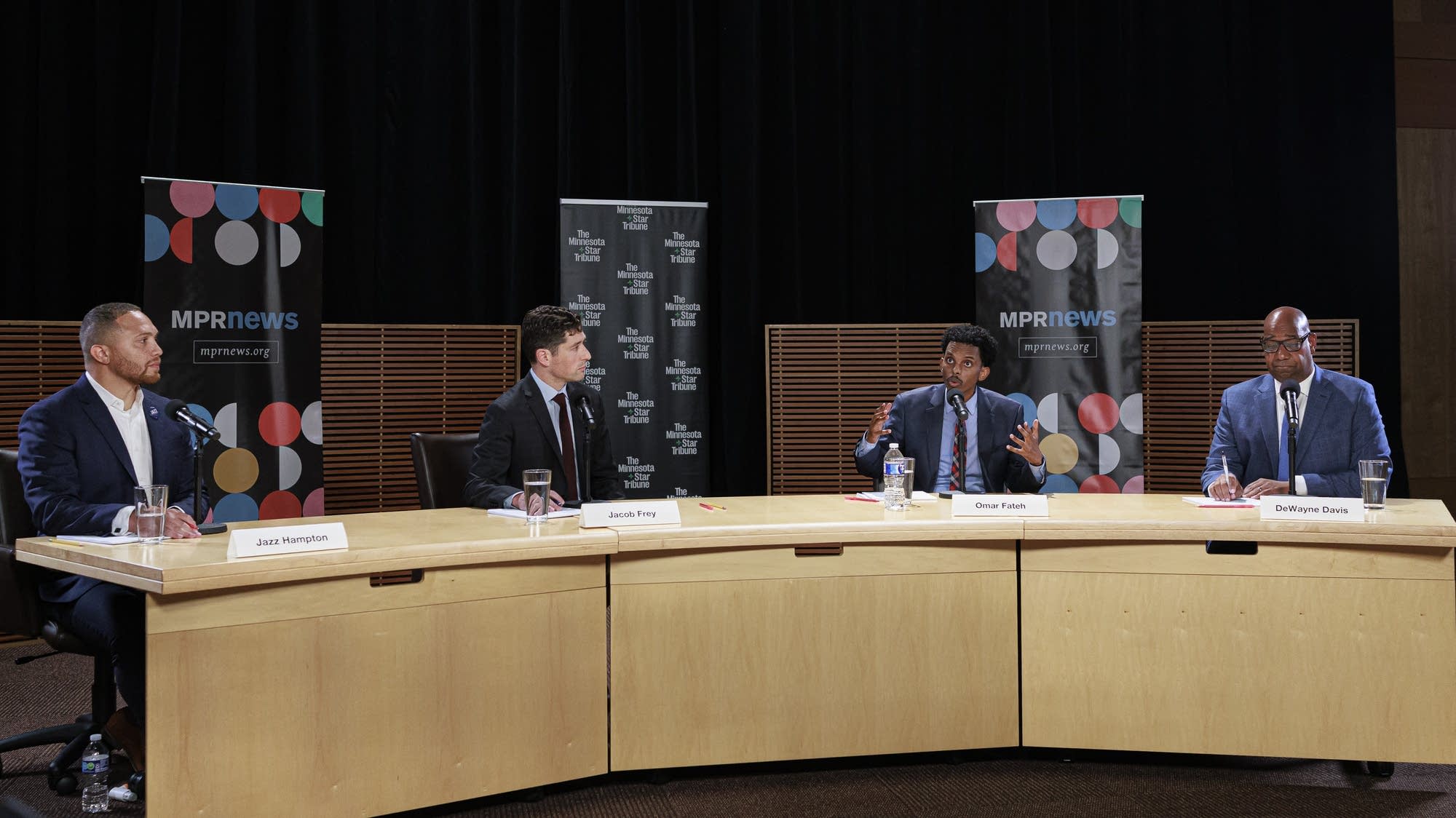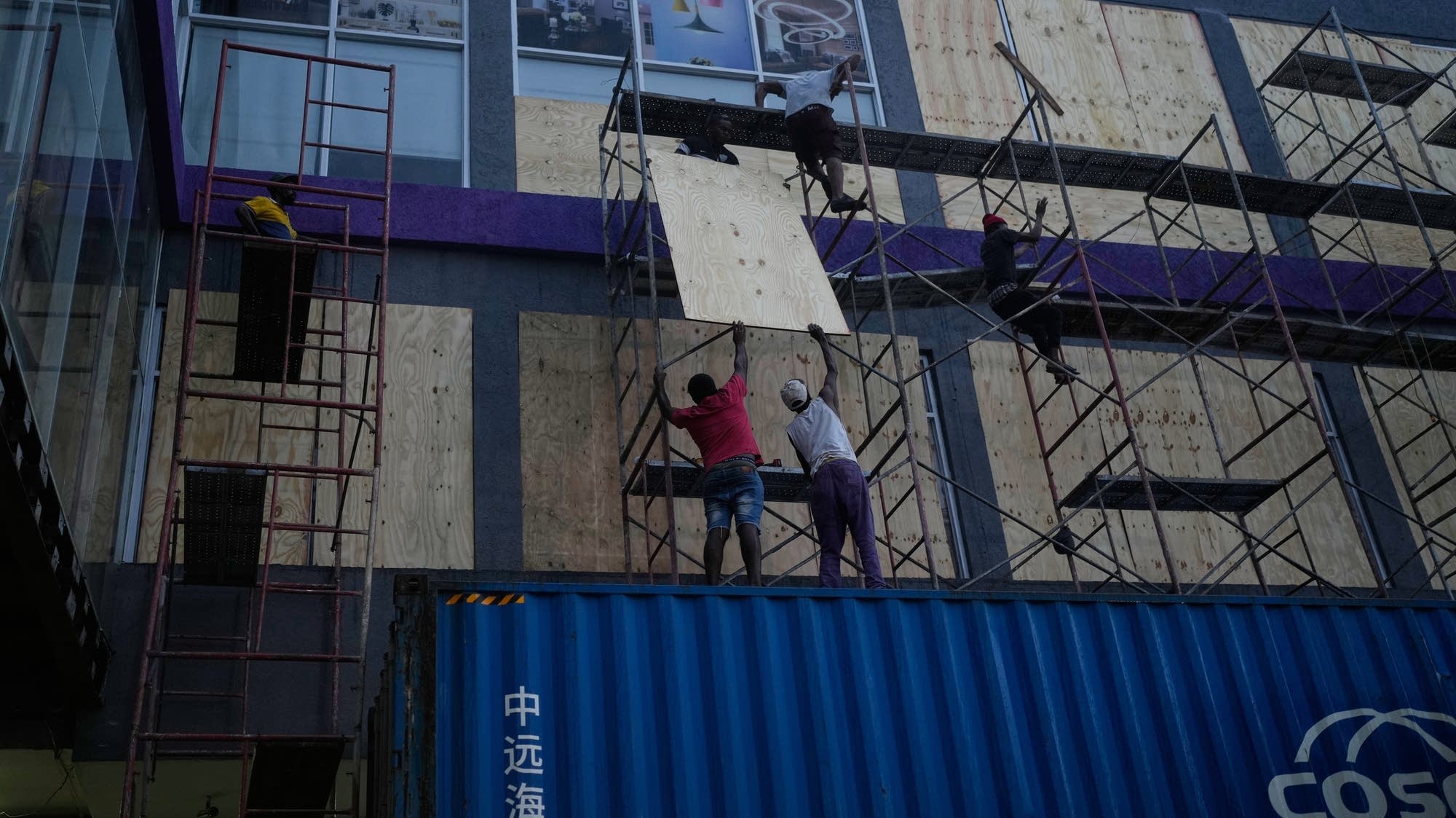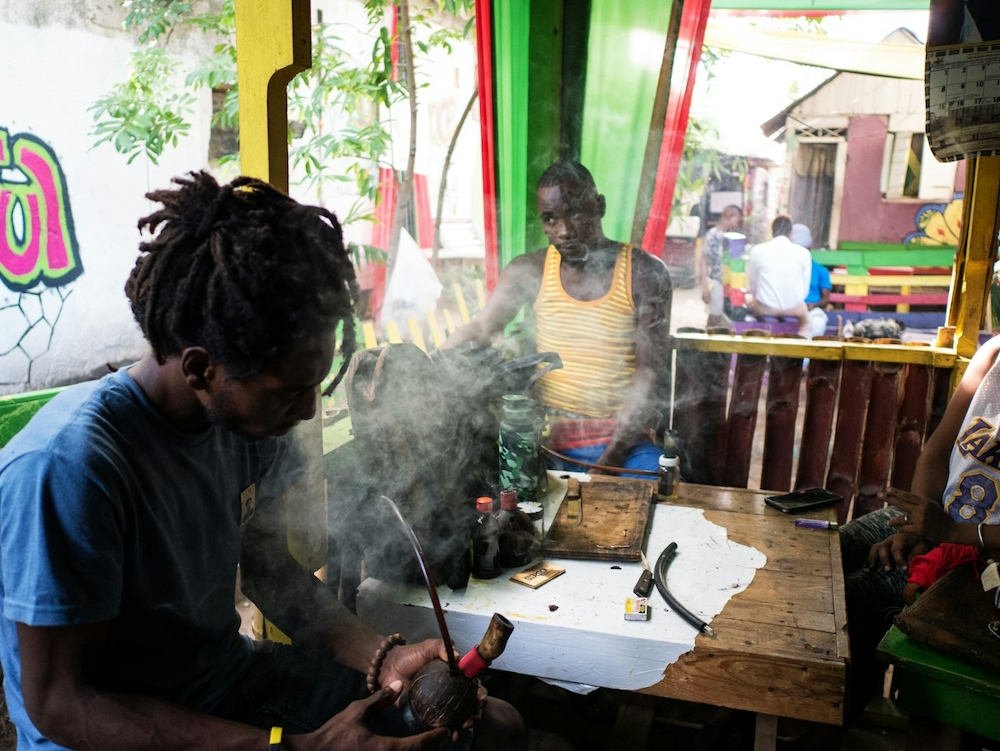Legislation Updates
Rotating Sole Proprietorships: Commercial Agreements and Regulatory Compliance for Wineries

Start-up costs can be a major obstacle for businesses looking to make their mark in the wine industry. Fortunately, the “sole proprietorship” model offers an opportunity for an ambitious business to produce their own wine without having to incur some significant start-up costs. This also provides financial opportunities for existing wineries with excess capacity. And in particular, unlike “personalized favorite” arrangement, described in a previous blog postboth parties to the mutually beneficial alternating business relationship operate as licensed and bonded wineries.
What is an alternating sole proprietorship?
In an alternating ownership relationship, a “host” (the “Host Winery”) and a “tenant” (the “Alternative Owner”) share manufacturing space owned (or leased) by the Host Winery. In one of his Industrial circulars, the Department of the Treasury, Alcohol and Tobacco Tax and Trade Bureau (the “TTB”) describes the alternating ownership arrangement as “two or more persons or entities taking turns using the same space and the same equipment to produce wine. In almost all situations, an existing landlord-owner of a winery premises under bond agrees to rent space and equipment to a new owner. Essentially, this amounts to a small winery, with the owner alternating, operating within a pre-existing winery. For the host domain, the alternating ownership relationship holds the promise of facilitating the monetization of excess space and capacity.
Differences Between Alternate Sole Proprietorship and a Custom Crush Agreement
Unlike the customer in a custom crush agreement, an alternating owner is a separately bonded winery and is responsible for its own production, recordkeeping, registration, labeling and taxes, independent of the winery host (also a bonded winery). This model represents a collaboration of independent wineries, each responsible for their own winemaking practices and regulatory obligations. The term “alternating” applies because two or more licensed and bonded owners alternate the use of certain portions of the winery premises, typically the crushing and fermentation equipment, bottling equipment, and storage.
Advantages for the alternating owner
For the alternating owner, this model offers many advantages over both the custom grinding system and the stand-alone cellar. Compared to a stand-alone winery, the alternating ownership structure gives new entrants to the wine industry the opportunity to start on a small scale without the need to rent or purchase expensive facilities and equipment. Unlike a custom winemaking client, as a licensed independent producer, the alternating owner has more control over the winemaking process. With its own federal TTB permits and ABC licenses, an alternative owner can exercise direct control over its supply chain, with the ability to become involved in retail, direct shipping and wine tasting, in some case. The alternating owner must, however, engage in greater regulatory compliance than a custom pressed wine customer, due to its status as a licensed and bonded winery.
Contractual nature of the alternating business relationship
A “Work-study company agreement (“AP Agreement”), between the alternating owner and a host winery, forms the backbone of the alternating sole proprietorship structure. Basically, the AP agreement must allow the alternating owner to control portions of the host winery's facilities when the alternating owner conducts its winemaking. This makes the AP agreement operate in some ways like a lease, rather than a services agreement or other type of commercial agreement. Typically, the alternating owner would not pay for services based on gallons of wine or cases of wine produced, nor would the host winery perform the wine making service without the alternating owner's oversight. Instead, the AP agreement should establish that the alternating owner controls the winemaking process, including the bottling and storage of the wine, as well as the management of the business. The AP agreement should also allocate risks and responsibilities similar to a landlord/tenant relationship. In exchange for offering its premises, on an alternating basis, to the alternating owner, the host winery may adopt a triple net lease approach that limits its potential liabilities and expenses associated with the winery's premises. AP agreements often also address the use of employees of a host winery by the alternating owner throughout the winemaking process, and such an arrangement may be viable in the eyes of the TTB as long as it remains clear that the alternating owner controls its own winemaking.
Conclusion
The alternating ownership relationship represents a key facet of the wine industry that provides a symbiotic opportunity for both pre-existing wineries and aspiring entrants to the industry. There are, however, complex regulatory and contractual issues to consider. The experienced wine lawyers at Rogoway Law Group are here to help you! Please do not hesitate to contact us with any questions or if you would like schedule a free consultation.
Legislation Updates
Minneapolis Mayor's Debate with DeWayne Davis, Jacob Frey, Omar Fateh and Jazz Hampton


Legislation Updates
Melissa strengthens into Category 5 hurricane as it approaches Jamaica

Hurricane Melissa intensified to Category 5 on Monday as it approached Jamaica with up to 30 inches of rain and a potentially life-threatening storm surge.
Melissa is expected to make landfall on the island on Tuesday and pass through Cuba and the Bahamas until Wednesday.
Melissa was centered about 130 miles south-southwest of Kingston, Jamaica, and about 315 miles south-southwest of Guantánamo, Cuba, the U.S. National Hurricane Center in Miami said.
The hurricane had maximum sustained winds of 160 mph and was moving west at 3 mph, the center said.
Category 5 is the highest on the Saffir-Simpson scale with sustained winds exceeding 157 mph. Melissa is the most powerful hurricane in recent history to directly hit the small Caribbean nation.
Some local areas of eastern Jamaica could receive 40 inches of rain, while western Haiti could receive 16 inches, according to the hurricane center. “Catastrophic flash floods and numerous landslides are likely,” he warns.
The slow-moving storm killed at least three people in Haiti and a fourth person in the Dominican Republic, where another person remains missing.
“I want to urge Jamaicans to take this seriously,” said Desmond McKenzie, vice-president of the Jamaica Disaster Risk Management Council. “Don't play with Melissa. She's not a safe bet.”
The hurricane is expected to make landfall again later Tuesday in eastern Cuba. A hurricane warning was in effect for the provinces of Granma, Santiago de Cuba, Guantánamo and Holguin, while a tropical storm warning was in effect for Las Tunas. Up to 20 inches of rain was forecast for parts of Cuba, along with significant storm surge along the coast.
A record storm for Jamaica
Melissa could be the strongest hurricane Jamaica has seen in decades, said Evan Thompson, senior director of the Jamaica Weather Service. He warned that cleanup and damage assessment would be significantly delayed due to landslides, flooding and blocked roads.
In addition to rainfall, Melissa is likely to bring a potentially life-threatening storm surge to the southern coast of Jamaica, peaking about 4 meters above the ground, near and east of where Melissa's center makes landfall, the US center said.
“Don’t make stupid decisions,” warned Daryl Vaz, Jamaica’s Minister of Transport. “We are going through a very, very serious period in the coming days.”
A success on Hispaniola
The storm has already brought heavy rain to the Dominican Republic, where schools and government offices were ordered to remain closed Monday in four of the nine provinces still under red alert.
Melissa damaged more than 750 homes across the country, displacing more than 3,760 people. Floodwaters also cut off access to at least 48 communities, officials said.
In neighboring Haiti, the storm destroyed crops in three regions, including 37 acres of corn, at a time when at least 5.7 million people, more than half the country's population, are suffering hunger crisis levelswith 1.9 million people facing emergency levels of hunger.
“Floods are blocking access to agricultural land and markets, compromising harvests and the winter agricultural season,” the Food and Agriculture Organization of the United Nations said.
Melissa is expected to continue to dump torrential rains on southern Haiti and the southern Dominican Republic in the coming days.
Legislation Updates
Two Twin Cities theaters take on authoritarianism in their fall offerings


-

 Strains & Products2 years ago
Strains & Products2 years ago10 countries with the best weed in the world 2024
-

 Politics8 years ago
Politics8 years agoIllinois’ financial crisis could bring the state to a halt
-

 Strains & Products2 years ago
Strains & Products2 years agoThe Best Cannabis Products to Meet Your Needs | Branded Content | Product Reviews | Hudson Valley
-

 Legislation Updates2 years ago
Legislation Updates2 years agoRanking presidential candidates by cannabis: RFK Jr.
-

 Politics8 years ago
Politics8 years agoMayors agree, Congress should invest in affordable housing
-

 Uncategorized2 years ago
Uncategorized2 years agoRescheduling Cannabis Could Improve Biden's Ratings
-

 Politics8 years ago
Politics8 years agoRuth Bader Ginsburg optimistic ‘over the long haul’ for US
-

 Legislation Updates2 years ago
Legislation Updates2 years agoIt's primary season. Here's when each race takes place.





You must be logged in to post a comment Login